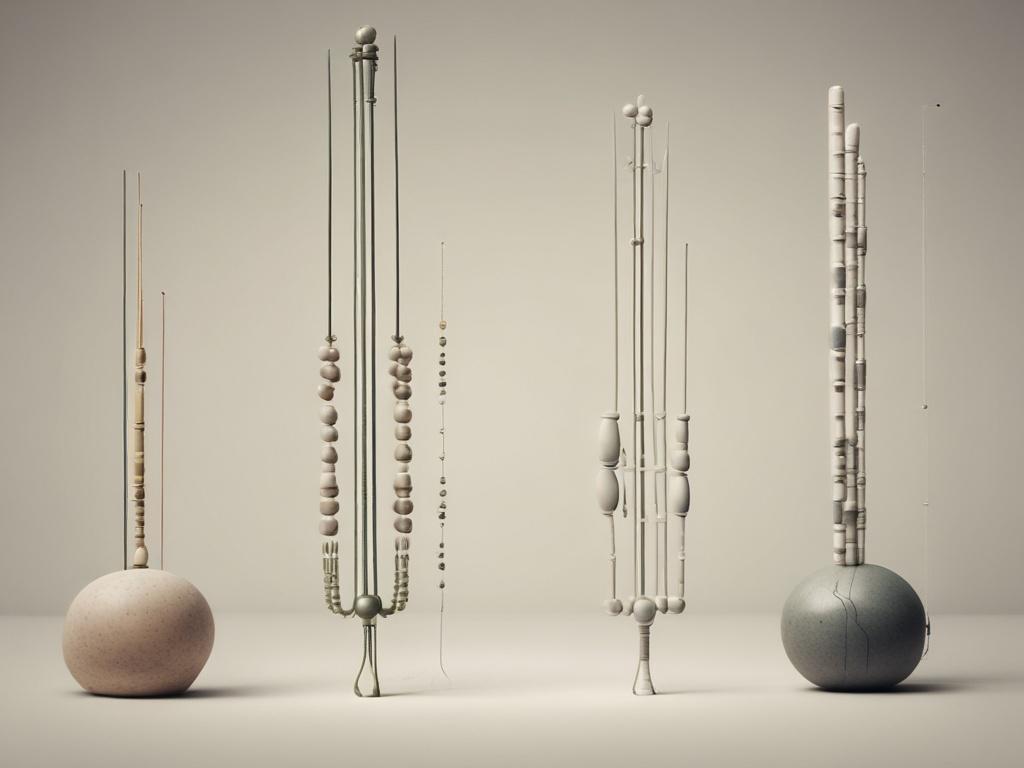
Sciatica, characterized by pain radiating along the sciatic nerve from the lower back down through the legs, affects countless individuals and can significantly impair daily activities. Understanding the symptoms and exploring common treatments is essential for anyone experiencing this condition. While traditional options like medications and physical therapy have helped many, alternative approaches such as acupuncture have gained popularity as potential solutions.
This blog post will explore the effectiveness of acupuncture compared to more conventional treatments, providing a comprehensive overview for those seeking relief from sciatica.
Sciatica refers to pain that travels along the sciatic nerve, which runs from the lower back down through the legs. This condition often arises from a herniated disc, spinal stenosis, or other issues that compress the sciatic nerve. Common symptoms include sharp pain, tingling, numbness, and muscle weakness in the affected leg. As a debilitating condition, sciatica can interfere with daily activities, making it crucial to seek effective treatment.
Traditional treatments for sciatica typically include physical therapy, medications, and in severe cases, surgery. Physical therapy aims to strengthen the muscles surrounding the spine and improve flexibility, while medications like anti-inflammatories and pain relievers provide symptomatic relief. Surgical options, such as discectomy or laminectomy, may be necessary when conservative treatments fail to alleviate persistent pain. However, many individuals seek alternative treatments like acupuncture, sparking a debate about their effectiveness in relieving sciatica symptoms compared to these conventional approaches.
Acupuncture and physical therapy both aim to relieve the debilitating symptoms of sciatica, but they utilize different approaches. Acupuncture involves the insertion of fine needles into specific points on the body, promoting energy flow and potentially reducing pain and inflammation. On the other hand, physical therapy focuses on strengthening the muscles, improving flexibility, and enhancing overall mobility. While acupuncture can provide immediate relief and address energy blockages, physical therapy emphasizes long-term recovery through targeted exercises and rehabilitation. Patients may benefit from combining both treatments, as they can complement each other in managing sciatica symptoms.
When it comes to medications, acupuncture presents a drug-free alternative to traditional pain relief options. Many individuals with sciatica rely on nonsteroidal anti-inflammatory drugs (NSAIDs) or muscle relaxants, which can effectively alleviate pain but often come with side effects and the risk of dependency. Acupuncture, in contrast, aims to treat the root cause of pain without the adverse effects commonly associated with pharmaceuticals. Research indicates that acupuncture can help reduce the frequency and intensity of pain episodes, making it a viable option alongside medication. Ultimately, the choice between acupuncture, physical therapy, and medications depends on individual preferences, health conditions, and the severity of sciatica symptoms.
When it comes to severe cases of sciatica, patients often face a critical decision: whether to consider acupuncture or move forward with surgical interventions. Surgery typically involves procedures like microdiscectomy or laminectomy, aimed at relieving nerve compression. These options come with risks, including infection, bleeding, and potential complications that may arise during recovery. On the other hand, acupuncture offers a minimally invasive alternative that focuses on stimulating the body’s natural healing processes. By targeting specific acupoints, practitioners aim to enhance blood flow, reduce inflammation, and promote overall well-being while offering a safer route to manage pain.
While research continues to explore the effectiveness of acupuncture in treating sciatica, many patients prefer it as a first-line treatment due to its holistic approach. Unlike surgery, which may require a lengthy recovery period, acupuncture typically allows patients to resume normal activities shortly after treatment. In addition, acupuncture’s ability to alleviate pain without the side effects associated with pharmaceuticals makes it an attractive option for those seeking relief without rigorous medical procedures.
If you suffer from problems due to sciatica pain, contact the team at Amla Healing Arts. As Bergen County’s premier holistic wellness practice for healing and pain management, our holistic approach to health gives your body the attention and care it needs to function optimally. With our acupuncture services, we’re confident we can help provide quick and long-term relief for your sciatica pain. If you’re ready to alleviate your pain, you can book your appointment online today.